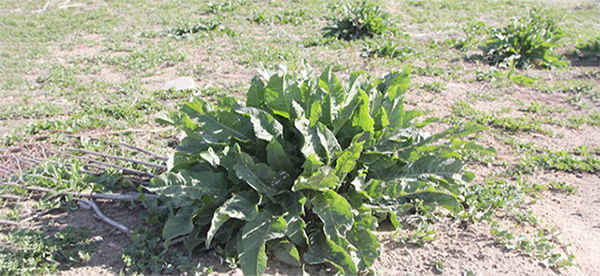
I Used To Cut This Plant…Until I Saw This!
We often get caught up in getting rid of the weeds in our yards so that it’s perfect. It’s an ongoing battle for a lot of people to make sure that any and all “weeds” are eradicated from their property. However, there’s one “weed” that you might want to think twice about pulling, cutting, or spraying with herbicides the next time you take to the yard for weeding.
It’s often called dock weed, but it’s also known as yellow dock, curly dock, or curled dock. The scientific name for this plant is Rumex crispus. It’s a perennial, meaning that it grows back year after year, and it’s commonly found across North America, in the United States, and southern Canada.
What Does Dock Weed Look Like?
This weed grows about three feet tall. It has a flower stalk that has small yellow-green flowers and, later, brown seeds covering it. One of the defining characteristics of this plant is the way the seeds can stick to animals so that they can be carried away to be germinated elsewhere. The leaves are oblong and smooth and extend from the stem in a swirl pattern. It’s a pretty hardy plant, even to the point that it’s considered an invasive species in many places it grows, so you can expect to find it growing in any number of environments.
The leaves can be harvested from mid-spring to early summer, and the seeds can be collected through the summer and fall months. Leaves for consumption should be harvested while tender and young since they get too bitter for consumption when they’re mature.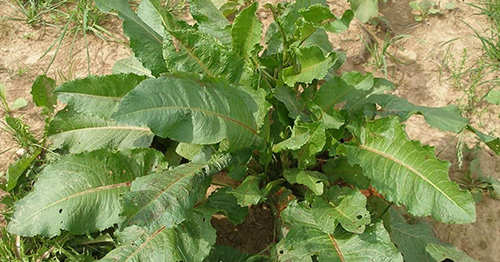
Uses for Dock Weed
Despite its proclaimed status as a weed, this plant can be very useful. Since it’s found almost everywhere and can survive in harsh conditions, learning how to utilize this versatile plant could come in very handy in a survival situation.
Here are some of the ways you can use this rough-and-tumble plant.
Dock Weed is Edible
The young leaves of the dock plant can be consumed and have a tart, lemony flavor. The raw leaves should be eaten sparingly but can be eaten in a salad in small amounts. The leaves can also be boiled several times in clean water to leach them of the high levels of oxalic acid that they contain so that they can be eaten in larger amounts.
When consumed, dock weed is a good source of several vitamins and minerals that we need to stay healthy including vitamin C and vitamin A, plus magnesium, manganese, and iron. Because of significant amounts of nutrients, it’s often used to treat nutrient deficiencies like scurvy, caused by lack of vitamin C, and anemia, which can be due to a lack of iron in the diet.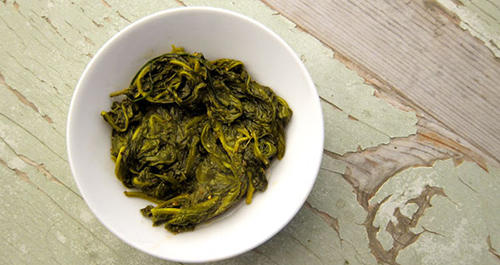
Dock is Often Used for Skin Issues
This plant is thought to be effective in treating several different skin issues. One general use for this plant is in treating rashes.
Its antibacterial properties make it great for treating mild bacterial infections of the skin, like acne. It also has anti-fungal properties that make it perfect for treating conditions that are caused by fungal infections, such as athlete’s foot.
It’s also frequently used for treating chronic skin conditions like eczema and psoriasis. Aside from actually treating these conditions, it is often used to help alleviate the symptoms that accompany them like itching and burning of the skin. People also sometimes use this plant to reduce the look of age spots.
It can be made into a paste or poultice, taken internally, or brewed into an infusion for use in treating skin problems depending on the issue.
It May Help Respiratory Issues
In homeopathy, this weed is used to treat a tickling cough. It’s also frequently used to treat inflammation of the airways and nasal passages. It may help with conditions like bronchitis or the common cold due to these effects.
To use for cough, you can brew the root of the plant into a tea and drink three or four cups a day until symptoms disappear.
It is Used as an Inflammation Fighter
Dock is often used to fight inflammation. Because of its inflammation-fighting properties, it’s often used as a treatment for arthritis and other conditions caused by chronic inflammation. These include fibromyalgia, rheumatism, and gout. It’s thought to help decrease inflammation by cleansing the blood and reducing toxicity.
It is thought to help maintain the health of the lymph nodes, encourage drainage of them and reduce swelling. It may also have some effect on reducing fevers.
The root is the part of the dock plant you want for fighting inflammation. Dry the roots and put them in capsules, or brew them into tea with a combination of other inflammation-fighting components like mint leaves and fennel.
It Can Be Used as a Laxative
Dock weed has laxative effects that can be harnessed to fight constipation. The issue with using this particular plant for this purpose is that people experience various levels of effectiveness, so this isn’t a cure you necessarily want to count on.
To use curly dock as a laxative you can simply consume the leaves, dry the leaves and roots and put them in capsules, or you can boil them into a tincture and take several drops of it a day.
Dock Weed Warnings
Be careful about introducing this weed to new areas as it may become an invasive species, damaging the natural ecosystem in an area.
When eating dock weed, make sure that you indulge in moderation. Too much of this green can lead to urinary tract issues and could potentially cause kidney stones. It may also have a laxative effect and cause stomach pain or cramps in some people.
This plant has several uses that could come in handy in an SHTF situation but be sure you follow the normal protocols for wild edibles. Make sure you’re certain that you’ve identified the plant correctly or you could wind up taking in a toxic plant that could do far more harm than dock weed could ever do good.
You may also like:
 How to Make Anti-Inflammatory Band-Aid Using Plantain
How to Make Anti-Inflammatory Band-Aid Using Plantain
Erratic Blood Sugar? Never Eat This Veggie (Video)
Best Natural First Aid: Stops Bleeding In 10 Seconds!








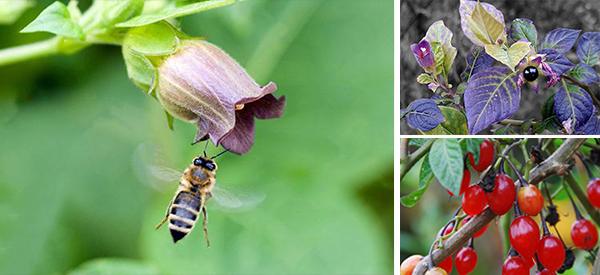
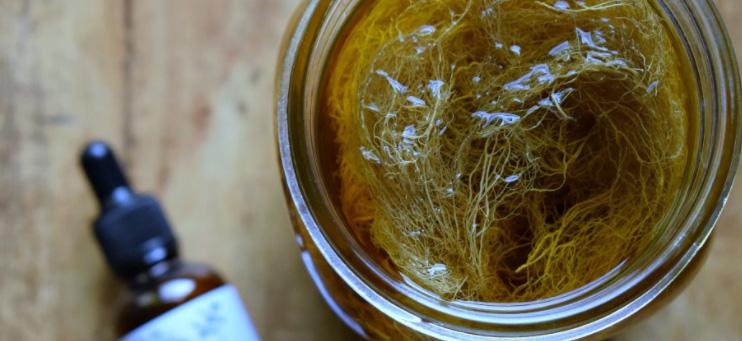
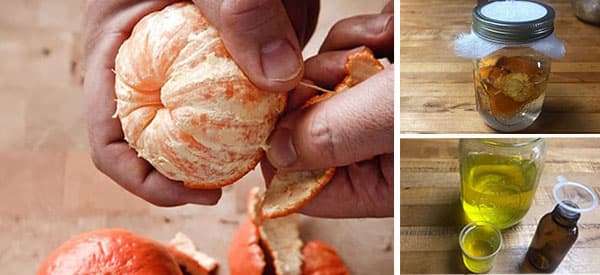
I really love these email tips. I used to confuse dockweed with wild horseradish due to some similarities. I am very pleased to het acquainted with its uses. God bless!
Hi Shannon,
Thank you so much for your kind words. We really appreciate it.
God bless!
Shannon, i use horseradish leaves for pickling cukes, it keeps them crunchy. Horseradish leaves are more narrow and have very distinctive sharp zigzag edge.
Thanks Nicole though that you were rather special in Alone and I am grateful for the on going information and demonstrations thank you and kind regards Andrew
Yellow dock is also amazing for reliving poison ivy and stinging nettle…. it often grows right along side of them
Hi Marcel,
Thank you for your great tip.
God bless!
I have heard this before many years ago but have forgotten as I don’t see either in my wild yard parts. Great to have the reminder! Thank you!
Thanks l am from the old school my grandmother shared alot with me as a young girl. Some of it l for got about until this day. My children and grandchildren just don’t believe me when l begin to share my stories Thanks again l will use my book wisely.
I didn’t know what it looked like, come to find out I have some growing under my porch. Sun hits it every morning. Grows behind my rosebush
Hi Granny,
Good luck harvesting.
God bless!
What is the best way to harvest dockweed for making a salve?
Hi Marlyn,
I would harvest the root (fall is the best time but in a pinch any time will do). I finely chop the root and lay it to dry somewhere (like on a paper towel or cloth) I let it dry for a day or two before infusing in oil to make a salve.
God bless!
Thank you so much. I love the book by the way!
Marilyn, It could be better for people if you published the picture with the root which has reddish skin and buttery yellow inside. Also if you are in the area that has a lot of rain and above freezing all year be very careful- it is super invasive.
I live in Ireland and it rains almost always so perhaps I shouldn’t touch this weed?
Is this what Southerners call “Poke Sallet”?
No, that is another plant, altogether.
Poke sallet is delicious! Some say you can only eat it when it is very young as otherwise it is poisonous but i eat the leaves on up till about July but about that time there is just too much deep red in the leaves so i wait till next year for more. I boil it and eat like cooked spinach, sometimes with bacon and/or scrambled eggs.
I like the stalks of poke sallet. Cut the stalks when the plant is about two or three feet tall. Remove the leaves and pill the skin from the stalk. Slice the stalk like you would okra. Dip it in beaten egg and roll it in flour and fry it like you would fry okra. I like it better than fried okra because it doesn’t have seeds in it like okra does.
Barbara
A tea of seeds are great for digestive problems. Must be high in tannins, like blackerry.
Hi Teri,
Thank you so much for your advice. We will put it to good use.
God bless!
Like many greens, Dock is probably high in oxalates- a cause of inflammation, kidney stones, and mineral deficiencies. The easiest answer is to take some calcium carbonate with it to bind the oxalates which prevents them from being absorbed in the first place.
Hi Aloucious,
Thank you so much for sharing this information. This is a great tip!
God bless!
I’ve been concerned about oxalates, thank you for that information!
Why not just use one of the many plants less dangerous?
These articles have enriched my daily life in such a great way. Thank you for being willing to share such valuable information and exposing how much our Creator has supplied our needs right before our eyes.
Let God bless You and keep You,
What to the seed pods look like..? I think I have seen the plant in my area. Need to be sure. Thanks
I collect the seeds, ground them to flour and mix with ground coffee, tahini, yogurt, eggs, cloves, figs, nuts, coconut, baking soda and powder. then bake for a breakfast bar
I learned about dock when I had plots at the community garden. But I only learned to use the leaves. I’ve never seen one grow 3 feet high here but that’s probably because it gets used.
Being really new to making use of plants that grow “wild” in our area, I would appreciate some info on how to prepare the plant/s for use
I love your emails and recipes and all the information it provides! I am anxiously awaiting your book The Lost Herbs. My goal is to use medicinal herbs to get rid of the medicines I am currently taking such as blood pressure medicine. I would LOVE any advice you may have. Thank you so much! P.S. You were amazing on ALONE!
Love your site!! Such useful information, especially these days of wondering what drug companies are putting out!! I share the articles with so many!! Thank you for your efforts and caring enough to share/report to others!! God Bless!!!
I ordered The Lost Herbs book and all I got was a PDF along with other books I ordered. I love the books, but I will never buy them again. I paid $39.00 for the book and I don’t take my computer every where I go.
Hello friends!
We know this Dock weed very well in Bulgaria – one of my fav Spring time foods – I cook it in the pan along with some yogurt , 2 eggs and cut dock weed! It is amazing and delicous 🙂
Best regards,
Desislava
I hear so many good things about this plant, but this plant poisoned my horse. 3 hours to animal hospital and over $1000 in bills. Apparently at certain time of year toxins accumulate in plant, doesn’t hurt cattle, just horses.